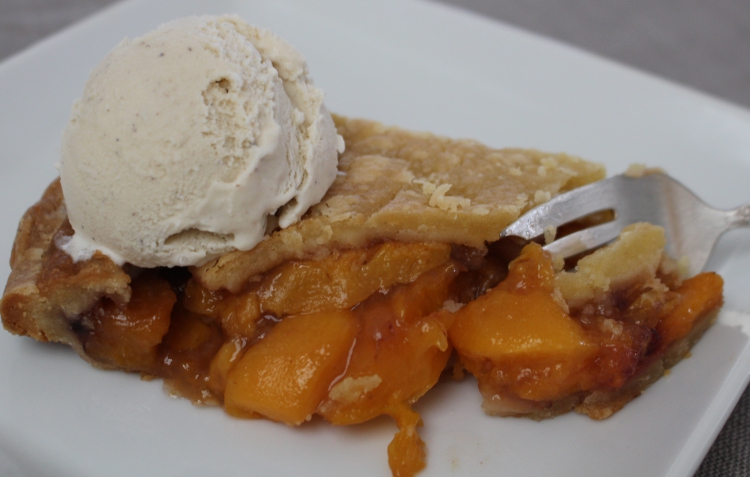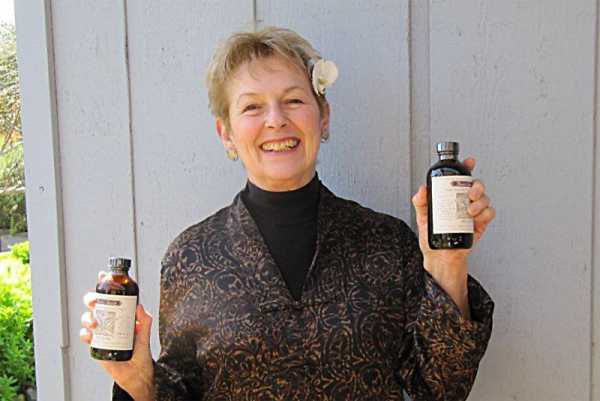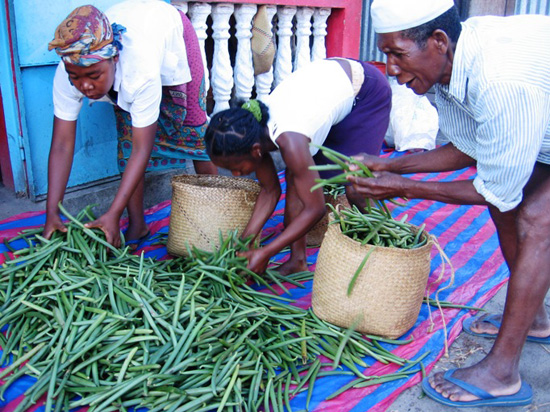
I'm amazed at how superior your vanilla is!
– Des, The Grommet
Coffee (Coffea arabica) grows between the Tropics of Cancer and Capricorn in regions with abundant rainfall and temperatures that only occasionally dip below freezing. The plants can be grown as far as 25 degrees north and 30 degrees south of the equator.
It is believed that Kafa (or Kaffa), Abyssinia, now known as Ethiopia, is the birthplace of coffee. The name kafa gives us the root word for coffee. Kafa is located in the Oromiya region, west of the Great Rift Valley in Africa.
Although there are no known records of when coffee traveled from Ethopia to Yemen, it was in Yemen that it was first domesticated roughly around 1100 A.D. By the 15th century, or possibly earlier, the city of Moka (Mocha) in Yemen was the center of the coffee producing industry and coffee was grown domestically only on the South Arabian Peninsula for several hundred years.
There were coffee houses in the major Arabian countries and cities such as Constantinople, Mecca and Cairo, serving the beverage Qahwa or coffa by the 15th century. Curiously, despite the Crusades and the spice trade, with both returned crusaders and merchants bringing exotic delights to Europe, the Europeans didn’t learn about coffee until the 16th century. When coffee beans came to Europe scientists and doctors initially studied it as a possible medicinal, not as a beverage.
Europeans began drinking coffee as early as 1608, but like so many luxuries, it was only enjoyed by the wealthy and titled. Turkish, Armenian and Greek traders introduced coffee to Venice in the late 1500s and first coffee house in Europe opened in Venice in 1645. From there coffee’s mystique spread rapidly to Paris and London where merchants, the wealthy and the intellectual classes discovered its delights.
Coffee arrived in the U.S. in the last decade of the 17th century where it was greeted with pleasure. However, coffee was boiled for a half hour rather than brewed with hot water and not boiled, and more beans were used in the coffee making process, creating a bitter, highly acidic beverage.
By the middle of the 19th century, enough coffee was grown and processed that the prices became affordable for the working class. Coffee houses abounded and even women were able to go to coffee shops to enjoy a cup of coffee and a pastry or sweet treat.
A Belgian living in Guatemala invented the first instant coffee in 1906 and later immigrated to the United States. His name, ironically enough, was George Washington. However, the first palatable instant coffee was developed by Maxwell House just after WWII.
The expression “a cup of Joe” to denote coffee, was first coined during WWII, as American servicemen (G.I. Joe) were big coffee drinkers.
Coffee is the second most traded commodity on the Stock Market, petroleum oil being the first.
Of the various botanical species of coffee trees in the world, only two are extensively cultivated commercially: Arabica and Robusta. However, there are many hybrid varieties of coffee that grow worldwide. Robusta, the main variety of the Coffea canephora species, owes its name to its excellent resistance to disease. Despite being a more delicate plant, over 75% of coffee grown worldwide is Arabica.
Coffea Arabica varities are grown in Mexico, Central and South America and in the Caribbean, on the East coast of Africa, in India and in Papua New Guinea.
Coffea canephora grows wild in nearly all the forests of the African tropics. It is cultivated in the less elevated zones of Central and West Africa, in Asia, Sri Lanka and the Philippines. It is known in Indonesia as Palembang or Mandheling. In Africa there is Kouillou, which owes its names to a river in Gabon, Niaouli in Togo and Dahomey and Gimet in Central Africa. Conilon is a variety grown in Brazil.
Different varieties have evolved either through their adaptation to different soils or through cross-breeding. Certain varieties are now widespread in many areas, such as the fruity-tasting Moka, the Bourbon, griwb in Mauritius or the Maragogype, which originated in the town of the same name, near Bahia in Brazil. Blue Mountain, High Mountain, grown only on the island of Jamaica is another brand that coffee drinkers appreciate.
Arabica grows at a high altitude and Robusta grows on plains. Unlike Arabica, the Robusta varieties enjoy the sun. These differences influence the type and configuration of plantations. In Brazil, plantations are traditionally on plains and they can cover thousands of hectares, requiring airplanes to visit the various areas of the plantation.
Plantations may contains a few dozen bushes, a few hundred, a few thousand, or even a few million. On the smaller plantations, berries are harvested by hand.
Coffee trees (also called bushes or shrubs) typically grow at an altitude of between 1500 and 5600 feet. It will grow as high 6500 feet (2000 meters) above sea level but won’t flower unless the temperature is regularly above 59 degrees (15 degrees Celsius).
Coffee, especially Arabica, grows best in temperatures of between 62 and 75 degrees (15 – 23 degrees Celsius) though it can tolerate warmer or cooler temperatures for short periods of time. Soil rich in humus and nitrogen is essential for the balance of the coffee plant’s welfare. It does best with a wet and dry season and needs roughly 60 to 80 inches of rainfall over an eight-month period.
Coffee thrives in the shade of taller trees such as banana, cocoa palms and local indigenous trees. The trees protect the delicate plants from the harsh tropical sun and also from tropical storms as the plants don’t tolerate windy conditions.
Arabica coffee trees can grow to 20 feet but are usually cut back to between four and ten feet to make cultivation and harvesting easier. The tree lives to between 60 and 70 years.
It takes five years for a coffee bush or tree to reach maturity. They bloom over a period of several months depending on moisture and humidity. Close to the equator the bushes will sometimes flower up to 8 times in a year and it is not unusual wherever they’re grown to see flowers and berries on the same bush, at different stages of ripening. Harvesting can occur several times a year.
Further away from the equator the seasons are more marked and berries are harvested in one or two stages. The berries are ripe eight to nine months after they flower. In the space of just two weeks, all the plantations in one area may be covered with berries.
Although coffee plants are self-pollinators, they benefit from insect pollination. Curiously, while there are several bees that will pollinate the flowers, the Africanized bees are far more active and effective pollinators. Despite being aggressive and easily agitated, they are useful on coffee plantations as the berry yields will increase by 60% if Africanized bees pollinate the flowers.
If every flower on a branch were fertilized and developed fully, a coffee plant wouldn’t be strong enough to support the berries. The plant makes decisions about how many berries it will bring to full term. Each week unripened berries fall. At harvest, only about a fifth of the berries from the pollinated blossoms remain.
Coffee berries are often referred to as cherries. Each cherry usually contains two “beans” except for the peaberry, which produces a single bean. Cherries with three beans are considered a sign of good luck. The average yield from one tree is less than half a kilo, or the equivalent of one roasted pound of coffee. The Nicaraguan Margogpipe is the largest of all coffee beans.
After the cherries are harvested, they must go through a multi-step processing before being ready for roasting and consumption.
Currently, more than 20 million people worldwide work in the coffee industry.
85 percent of Americans begin their day by making some form of the drink, and the average American will consume three cups of it over the course of the day. Worldwide, more than 1400 millions cups of coffee are drunk every day.
The primary reason people drink coffee is for the caffeine. An eight-ounce cup of coffee generally contains about 100 to 120 milligrams of caffeine. The most important effects of caffeine are its ability to enhance mood and mental and physical performance. Those who drink up to 200 milligrams of caffeine (the amount in about 16 ounces of ordinary brewed coffee), report an improved sense of well-being, happiness, energy, alertness and sociability.
Studies on caffeine’s effects on the body now conclude that consuming up to 300 mg of caffeine daily is not harmful. Caffeine increases the effect of some painkillers, especially aspirin and paracetamol.
Espresso Coffee has just one third of the caffeine content of ordinary coffee. It takes 40 coffee beans to make an espresso.
Scientists have identified more than 800 different aromatic compounds in coffee.
A single cup of coffee that has been brewed for 20 minutes provides the body with 300 phytochemicals, which act as antioxidants and stay in the body for up to a month.
Only in the past couple decades have growers in many parts of the world begun cultivating varieties that can take full sun. In general coffee drinkers find that the beans of full-sun plants don’t make as good a tasting brew as shade-grown coffee does. Growers of coffee in sunny fields tend to crowd more plants into a hectare, and they use chemical fertilizers, pesticides, and herbicides. Shade-coffee growers don’t, and the price they pay is a lower crop yield. However, the cost savings with shade grown coffee plants in pollinator-rich forested environments offset much of the yield difference between sun-grown and shade-grown coffee crops.
Because sun-grown coffee requires a variety of chemicals to grow well, and because poor farmers will frequently strip the forest understory to plant coffee, it is wisest to choose coffee that has been grown sustainably. Although the more sustainable Arabica coffee is a little more expensive, it is the greener choice for coffee drinkers.
I was given a small bottle of Rain’s Choice in a gift basket and I have been hooked ever since. The flavor makes all of my baking so much better! I will never use grocery store vanilla again!


© 2021. All Rights Reserved
Designed/Developed by Kat & Mouse